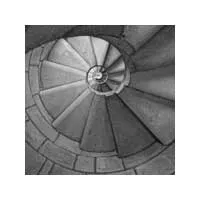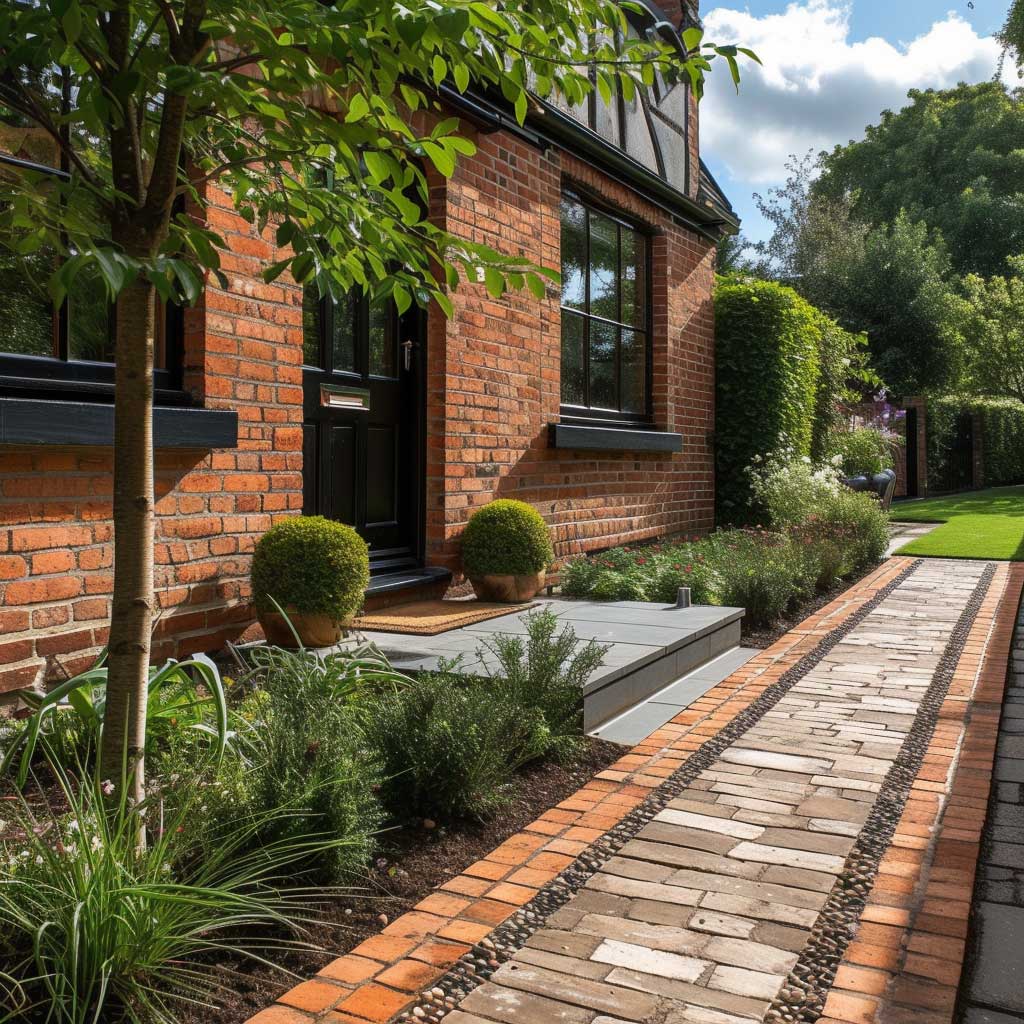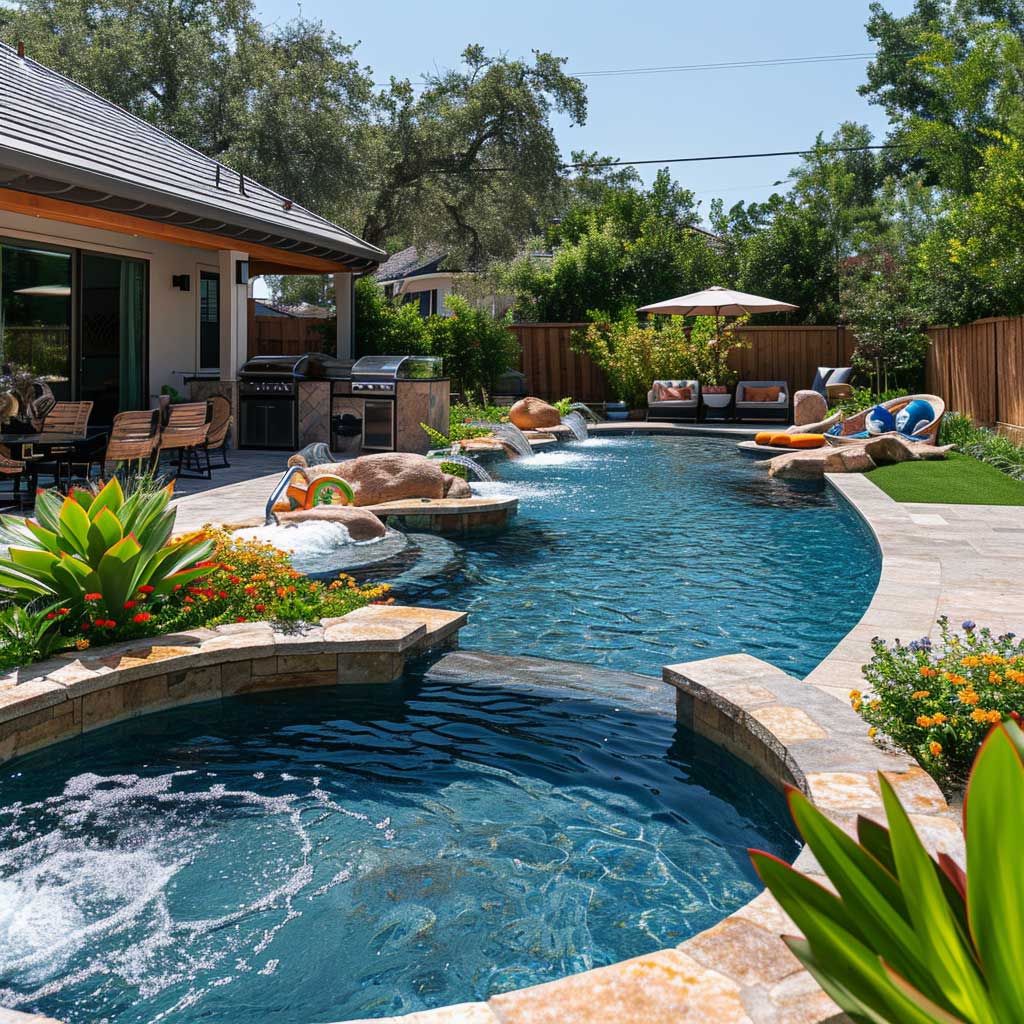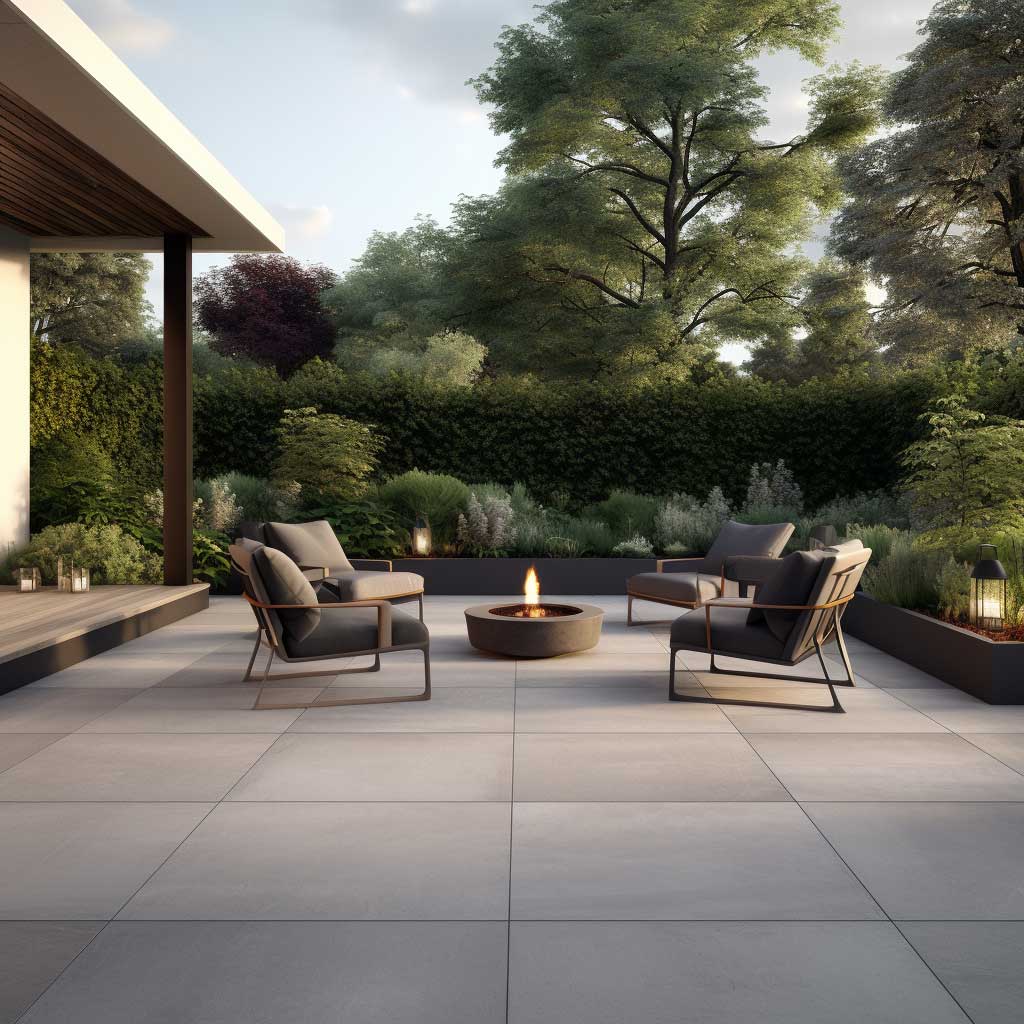As the weather starts changing, and it becomes possible to work on your outside space, perhaps you are planning on overhauling your front garden ahead of the arrival of spring?
Alternatively, maybe you and your partner have decided to downsize and are working hard to improve the aesthetic impression of your property, both inside and outside, ahead of placing the property on the market.
Regardless of your personal motivations, continue reading to discover a detailed guide to the main types of edging that is perfect for lawns, drive ways, and path ways.
Bricks
Perhaps the most inexpensive material to use to provide a barrier between the grass and the path, or the flower beds and the grass, is to use bricks.
You could either be thrifty and choose to use any additional bricks you have left over in the garage from any home improvements and extensions over the years, or else source some secondhand, rustic, and uneven bricks from a local builders or garden center for a more ‘lived in’ look.
Just remember to set each brick onto a bed of sand; over time, the edging will become uneven as gravity takes its toll on the earth.
Flagstones
If you are looking for a more ornate and attractive way of bringing attention to the flower beds at the sides of your backyard and garden, especially if you either reside by the coast or in the countryside, then flagstone edging could be the one for you.
You can source flagstone in a selection of neutral colors and tones, so when you are looking to compliment the flowering plants’ color scheme, flagstone can be a more aesthetically pleasing choice for garden edging.
Metal Edging
Next, an exceedingly popular choice for gardens of all shapes and sizes, and indeed, one of the trendiest in the eyes of garden designers, is metal garden edging.
There are many reasons why this choice is one of the more popular, and indeed, from people living on their own and maintaining one, modestly sized patch of grass to the owner of a seven-bedroom manor with acres of ground alike, metal garden edging is the stylistic choice.
Not only is such edging durable, strong, and sturdy, but it will also retain its aesthetic impression without rusting, fading, or breaking down, meaning your lawn and flower beds will look neat and tidy for many years to come.
Low-Mounding Plants
Now, if you are somewhat of a skilled amateur gardener, then you are possibly searching for more of a natural edging finish as not to distract from the carefully positioned and planted flowers and shrubs.
You could either plan yourself or hire a professional landscape gardener, to plant one long, deep, line of low-growing plants to separate the different zones, eliminating the presence of any straight and harsh edges and instead allowing everything to blend together as one.
Ideal low-growing plants for the edging task include Artemisia, Veronica, Bouncing Bet, Coral Bells, and Sweet Alyssum.







